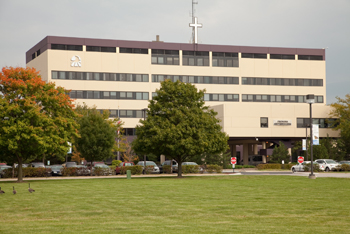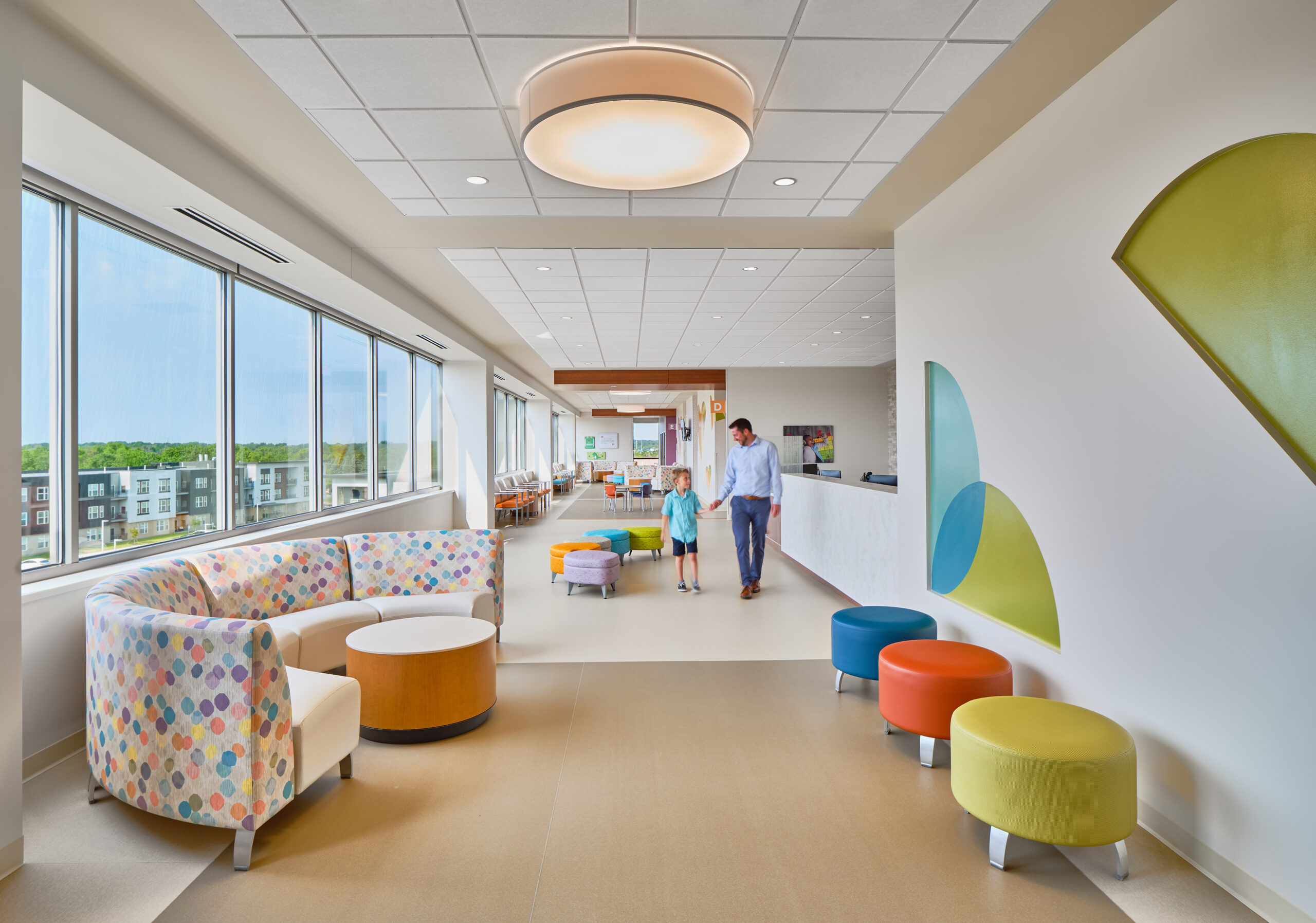 For today’s mission critical hospitals, in which 24/7/365 efficient systems operation is imperative, commissioning life safety, emergency power, mechanical, electrical and plumbing systems are particularly crucial.
For today’s mission critical hospitals, in which 24/7/365 efficient systems operation is imperative, commissioning life safety, emergency power, mechanical, electrical and plumbing systems are particularly crucial.
Commissioning (or Cx) ensures an owner that its building systems are operating according to design intent while also meeting daily operational needs. From conducting peer reviews of the design and construction documents at project milestones, to performing functional testing in which correct systems operation and performance are verified, to spot checking actual construction in the field, Cx ensures that the health care organization will achieve its desired return on invest by extending the life of the facility with truly energy efficient equipment, while providing a better living and working environment for patients and staff.
The main goals of health care Cx are to:
• Create a safe environment. The safety of patients and staff members is the No. 1 concern of every health care facility. Good breathable air, ventilation and “healthy” HVAC systems provide the right environment for patent recovery. For example, testing and balancing a hospital’s air systems during Cx will ensure that the correct airflow moves through each patient room. This is typically done during the final comb through of the building after construction has been completed.
• Save energy. Each motor has a sweet spot on their power fan curve, typically at 60 percent to 75 percent capacity. When the motor is running at a more strenuous base, up to 100 percent capacity, it will need more power to achieve the same results. This can be spotted during the de-sign review.
• Extend the building’s life. When building systems aren’t working properly, or they are under or oversized for the hospital’s demand, they can shorten the life of the building itself. For example, an air handling unit that is already installed, but isn’t meeting the required air flow rate could potentially be undersized, running at 100 percent peak capacity and therefore taking a toll on the equipment. This is typically discovered during the design review as well.
Case in point: The 356-bed, 61,110-square-foot Presence Mercy Medical Hospital in Aurora, Ill. The facility replaced two antiquated air-handling units (AHU) from a top-floor mechanical space with two new rooftop units, while adding radiant ceiling panels and two exhaust fans to meet the needs of two isolation rooms on each of the three floors, updating all the support infrastructure accordingly.
The first step to commissioning the hospital was a review of the original MEP design to verify that it would meet Presence Mercy’s intent and patient needs. This initial step was crucial to finding discrepancies in the system before actually stepping foot in the hospital, as it uncovered some issues with air change flow rates that were subsequently addressed prior to the walk-through stage of the Cx.
Possibly the greatest challenge to Presence Mercy’s Cx was being able to test the new systems while half the floor and some of the systems themselves were being used by patients. Completing the functional testing in two phases, the first with one AHU feeding both the renovated and non-renovated spaces, ESD commissioned the other AHU and visa versa, while during the second phase, the Cx team tested each room, one by one, and its equipment.
During the on-site Cx at Presence Mercy, multiple issues were discovered, including hot water coil piping that was installed backwards, which could have caused some de-rating of the coil over time; a pinhole-size leak in the steam coils, which would have resulted in higher operation costs and a loss in efficiency; one of the new AHU units had a faulty smoke detector, while the smoke detector on the other was installed incorrectly and the exhaust fans weren’t maintaining a negative pressure in the isolation rooms, which can lead to the spread of infection and life safety concerns.
While the above issues were all found on new equipment that was recently designed and installed by a competent contractor, they are not unique. There has yet to be a commissioning project that doesn’t uncover a single anomaly or issue that needs to be addressed to ensure proper equipment function and future operations.
Every new or renovated health care project should include a 100 percent testing, not sampling, commissioning provision. In a health care facility, every space is critical and must be functioning properly to maintain the principle goal of the facility: the safety of patients and staff. While collaboration across the building team and scope of testing is unique to each project, it is the job of the Cx agent, working as the owner’s ambassador, to make sure everything is working as designed, to meet the needs and safety of the patients, extending the life of the building and its energy efficient equipment.
Javier Garcia works as a commissioning authority, mechanical designer, modeler and consult-ant as part of the Commissioning, Energy + ECO Team at ESD, and James Vallort leads the Health, Institutional and Sciences group at ESD.





